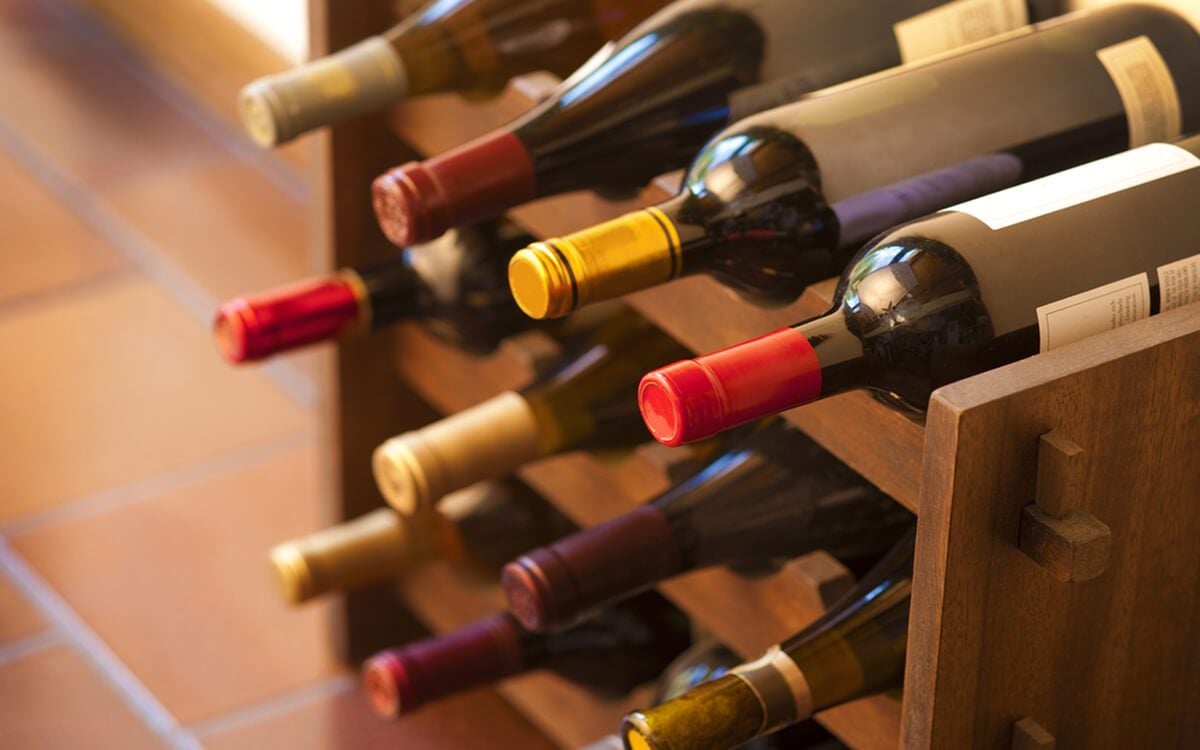

Articles
How To Store Wine
Modified: January 18, 2024
Discover expert articles on how to store wine properly and keep it fresh for longer. Learn the best practices and tips for storing wine to enhance its flavor and longevity.
(Many of the links in this article redirect to a specific reviewed product. Your purchase of these products through affiliate links helps to generate commission for Storables.com, at no extra cost. Learn more)
Introduction
Properly storing wine is essential for preserving its flavor, aroma, and overall quality. Whether you’re a wine enthusiast with a growing collection or a casual drinker with a few bottles on hand, understanding the basics of wine storage can make a significant difference in the enjoyment of your favorite vintages.
When it comes to wine storage, several factors need to be considered, such as temperature, humidity, light exposure, and the positioning of the bottles. In this article, we will explore the key elements of wine storage and provide practical tips to help you preserve your wine collection in optimal condition.
By following these recommendations, you can ensure that your wine ages gracefully and remains a delightful experience for your palate in the years to come.
Key Takeaways:
- Proper wine storage involves maintaining consistent temperature, humidity, and a dark, quiet environment to preserve flavor and quality. Horizontal bottle storage, avoiding vibrations, and controlling light exposure are crucial for optimal wine preservation.
- Understanding the specific needs of corked and screw cap bottles, as well as creating a proper cellaring environment for aging wines, are essential for preserving the quality and character of your wine collection. Consider investing in specialized storage solutions like wine refrigerators or wine racks for precise temperature control and organization.
Read more: How To Store Wine In Wine Fridge
Proper Temperature and Humidity
One of the most critical factors in wine storage is maintaining the proper temperature and humidity levels. Wine is sensitive to fluctuations in temperature, as extreme heat or cold can cause it to deteriorate quickly. For optimal preservation, the ideal temperature for storing wine ranges between 45°F to 65°F (7°C to 18°C).
It is crucial to avoid storing wine in areas that experience large temperature swings, such as garages or attics, as these fluctuations can damage the wine’s flavor and structure. Additionally, maintaining a consistent humidity level is essential to prevent the corks from drying out or becoming moldy, which can lead to oxidation.
The recommended humidity level for wine storage ranges between 50% to 70%. This level of humidity helps keep the cork moist and prevents unwanted air from seeping into the bottle. If the humidity is too low, the cork can dry out and cause the wine to spoil. Conversely, excessive humidity can promote mold growth and damage the labels.
To ensure the proper temperature and humidity, consider investing in a wine cellar or a wine refrigerator. These specialized devices are designed to maintain a consistent environment for your wines. Alternatively, you can store your wines in a cool, dark room with a humidifier or by placing a bowl of water nearby to help regulate humidity levels.
Dark and Quiet Environment
Light and noise can both have a negative impact on the quality of wine. Exposure to light, especially ultraviolet (UV) rays, can lead to the deterioration of wine and spoil its flavors and aromas. Therefore, it is vital to store wine in a dark environment to protect it from light-induced damage.
Avoid storing wine in areas with direct sunlight or fluorescent lighting. If possible, opt for a storage space with minimal or no windows. Alternatively, you can use UV-filtering film on the windows to block harmful rays.
Noise can also affect wine quality by disturbing the sediment. Vibrations caused by nearby appliances, machinery, or regular foot traffic can agitate the wine and disrupt its aging process. Therefore, it is best to store wine in a quiet location that is not exposed to excessive vibrations.
Consider selecting a spot in your home that is away from areas with heavy foot traffic or loud appliances. If you have a dedicated wine cellar or storage space, ensure that it is well-insulated to minimize noise disturbances.
By providing a dark and quiet environment for your wine, you can create the optimal conditions to preserve its taste, aroma, and overall quality.
Horizontal Storage
When it comes to storing wine, the orientation of the bottles plays a crucial role. Ideally, wine bottles should be stored horizontally rather than vertically. This position ensures that the wine remains in contact with the cork, keeping it moist and preventing it from drying out.
When the cork dries out, it can shrink and allow air to enter the bottle, causing the wine to oxidize and spoil. Storing the bottles horizontally allows the wine to create a seal against the cork, preventing air from seeping in and maintaining the wine’s freshness.
In addition to preserving the integrity of the cork, horizontal storage also helps to prevent the sediment from settling at the bottom of the bottle. Over time, wines develop sediment, especially those that have undergone aging or have not been filtered. By storing the bottles horizontally, the sediment remains distributed throughout the wine, rather than settling in one place.
If you have a large wine collection, investing in a wine rack or cellar with horizontal bottle storage is highly recommended. These specialized storage solutions ensure that your bottles are kept in the proper position, allowing for optimal aging and preservation.
However, if you only have a few bottles and lack specialized storage, you can still store them horizontally by using simple tricks. Placing wine bottles on their sides in a cool, dark place can help maintain the desired horizontal position and ensure that the wine remains in contact with the cork.
Remember, storing wine horizontally is essential for proper aging and preservation, protecting both the cork and the wine’s overall quality.
Avoid Vibrations
Vibrations can have a detrimental effect on wine, especially during the aging process. Constant movement and shaking can disturb the wine’s sediment, disrupt its delicate balance, and alter its flavors and aromas. Therefore, it is crucial to store wine in an environment that minimizes vibrations.
Avoid placing wine bottles near appliances, such as refrigerators, washing machines, or HVAC units, that generate vibrations. These mechanical vibrations can agitate the wine and impact its overall quality. The constant movement can also disturb the sediment, which should ideally settle at the bottom of the bottle.
Additionally, if you have a wine cellar or storage area with a concrete floor, consider using vibration-absorbing materials, such as rubber mats or cork pads, to further reduce any potential vibrations.
By minimizing vibrations, you can help ensure that your wine ages gracefully and maintains its unique characteristics. Remember that a calm and undisturbed environment is essential for wine storage.
Read more: How To Store Wines
Keep Away from Odorous Items
When storing wine, it’s crucial to keep the bottles away from strong odors. Wine is highly susceptible to absorbing odors from its surroundings, which can significantly impact its taste and aroma. Therefore, it’s important to store wine in an area free from strong-smelling substances.
Avoid storing wine in close proximity to items such as cleaning supplies, spices, strong perfumes, or any other products with potent odors. Even seemingly harmless substances, like onions or garlic, can taint the taste of wine if stored together.
It’s also important to consider the storage location itself. If you’re storing wine in a kitchen cabinet, make sure it’s far away from the stove or any other appliances that emit strong smells during cooking.
One of the best ways to store wine is in a dedicated wine cellar or a cool, dark room specifically designed for wine storage. These areas often have good air circulation, minimal odors, and are kept at the appropriate temperature and humidity levels.
By keeping your wine away from odorous items, you can ensure that its delicate flavors and aromas remain intact, providing an enjoyable and untainted drinking experience.
Store wine in a cool, dark place with a consistent temperature, ideally between 45-65°F. Keep the bottles on their side to keep the cork moist and prevent oxidation. Avoid storing wine in the kitchen or near appliances that generate heat.
Controlling Light Exposure
Light exposure is a critical factor that can significantly impact the quality and longevity of wine. Ultraviolet (UV) rays, in particular, can cause chemical reactions in the wine, leading to off-flavors and premature aging. Therefore, it’s essential to control and minimize light exposure when storing wine.
Avoid storing wine in areas with direct sunlight or bright artificial light, as both can be harmful. Ultraviolet rays are particularly damaging, as they can break down organic compounds in the wine and result in unpleasant flavors and aromas.
If you don’t have a dedicated wine cellar or dark storage area, you can protect your wine by using UV-filtering film on windows or by keeping the bottles in opaque containers or boxes. This helps to shield the wine from harmful light rays and maintain its quality.
Another important consideration is the color of the wine bottles. Clear or light-colored glass bottles are more susceptible to UV damage compared to darker-colored bottles, which offer better protection. If possible, opt for wines in darker bottles or those that come with UV-resistant coatings.
Remember, even brief exposure to light can have an impact on the wine, so it’s crucial to minimize light exposure as much as possible. By controlling light exposure, you will help preserve the wine’s delicate flavors, aromas, and overall quality.
Storing Corked and Screw Cap Bottles
When it comes to storing wine, the type of closure on the bottle requires different considerations. The two most common closures are cork and screw caps, each requiring specific storage conditions to ensure the integrity of the wine.
For cork-sealed bottles, it’s essential to store them horizontally to keep the cork moist and prevent it from drying out. As mentioned earlier, a dry cork can shrink and allow air to enter the bottle, resulting in oxidation and spoilage of the wine. Storing cork-sealed bottles horizontally helps maintain a tight seal and ensures the wine remains in optimal condition.
In contrast, screw cap bottles do not require horizontal storage as they have a reliable and airtight seal. These bottles can be stored upright, just like any other non-perishable item. However, if you prefer the aesthetic consistency of horizontal storage, it will not damage the wine either.
Regardless of the closure, it’s crucial to keep both corked and screw cap bottles in a cool, dark, and stable environment. This will help maintain the wine’s freshness, flavors, and aromas over time.
If you have a mixture of corked and screw cap bottles in your collection, consider separating them to avoid any confusion. This separation will make it easier to manage the storage conditions and ensure that each type receives proper care.
By understanding the storage needs of corked and screw cap bottles, you can provide the appropriate conditions to preserve the wine’s quality and enjoy it at its best.
Cellaring for Aging Wines
For wine enthusiasts who enjoy aging wines, proper cellaring is crucial to allow the flavors and complexities of the wine to develop over time. Cellaring refers to the long-term storage of wine in a controlled environment to enhance its aging potential.
The ideal conditions for cellaring wines include a temperature range of 50°F to 60°F (10°C to 15°C) and a humidity level between 50% to 80%. This temperature range allows the wine to age slowly and gracefully, while the humidity helps keep the corks moist and prevents oxidation.
It’s important to note that not all wines are suitable for aging. Generally, wines with higher levels of tannins, acidity, and sugar content have better aging potential. Red wines, such as Cabernet Sauvignon, Syrah, and Bordeaux blends, are commonly aged, while certain white wines, like Chardonnay and Riesling, can also benefit from aging.
When cellaring wines, it is crucial to store them horizontally to keep the corks moist and ensure a tight seal. This position prevents air from entering the bottle and helps maintain the wine’s freshness.
Additionally, a wine cellar or temperature-controlled refrigerator is highly recommended for proper cellaring. These specialized storage solutions provide constant temperature and humidity control, allowing the wine to age consistently and avoid any fluctuations that could negatively impact its quality.
Furthermore, patience is key when it comes to cellaring wine. Aging can take several years, even decades, depending on the wine’s structure and your personal preferences. It’s a good idea to regularly check on your cellared wines, keeping note of their development and deciding when they have reached their peak.
By understanding the specific needs of aging wines and providing the ideal cellaring conditions, you can unlock the full potential of your wines and enjoy the rewards of patience and time.
Read more: How To Store Wine Without A Wine Fridge
Wine Refrigerators and Wine Racks
When it comes to storing wine, utilizing appropriate storage solutions is essential to maintain optimal conditions and preserve the quality of your collection. Two popular options for wine storage are wine refrigerators and wine racks.
Wine refrigerators, also known as wine coolers or wine fridges, are specially designed to control temperature and humidity levels, creating an ideal environment for wine storage. These refrigerators come in various sizes and capacities, allowing wine enthusiasts to store a few bottles or build a larger collection.
Wine refrigerators offer precise temperature control, ensuring that your wines are stored at the perfect temperature for aging or immediate consumption. Most models also have adjustable humidity settings to maintain the ideal level for cork preservation.
Wine racks, on the other hand, provide a practical and visually appealing way to store wine bottles. These racks come in various styles, including wall-mounted, countertop, or freestanding options, offering flexibility based on your available space.
Wine racks can be made from different materials such as wood, metal, or acrylic, and they often feature horizontal storage to keep the wine in contact with the cork. They are designed to store wine bottles securely and allow for easy access and organization of your collection.
While wine refrigerators offer temperature and humidity control, wine racks are more suitable for short-term storage or for showcasing your wine collection in a stylish manner. They are an excellent choice for wine enthusiasts who enjoy having their bottles readily accessible and on display.
Ultimately, the choice between wine refrigerators and wine racks depends on your specific needs and preferences. If you have a larger and more valuable wine collection that requires precise temperature and humidity control, investing in a wine refrigerator is highly recommended. However, if you have a smaller collection and want an attractive display option, a wine rack can be a practical and visually appealing choice.
Regardless of your choice, both wine refrigerators and wine racks provide effective storage solutions that help ensure the longevity and enjoyment of your wine collection.
Conclusion
Proper wine storage is essential for preserving the flavor, aroma, and overall quality of your favorite vintages. By following the guidelines outlined in this article, you can create the optimal conditions for storing your wine collection.
Start by considering the proper temperature and humidity levels. Maintaining a consistent temperature between 45°F to 65°F (7°C to 18°C) and a humidity level between 50% to 70% is crucial to prevent wine spoilage and oxidation.
Ensure that your wine is stored in a dark and quiet environment to protect it from light-induced damage and vibrations that could disturb the sediment. Keeping wine bottles horizontal will help keep the cork moist and prevent air from entering the bottle.
Store your wine away from odorous items to prevent any unwanted aromas from seeping into the wine. Controlling light exposure by using UV-filtering film or storing wine in opaque containers will help maintain the wine’s quality and flavors.
Remember to consider the specific storage requirements for corked and screw cap bottles, and if you have an aging wine collection, create a proper cellaring environment to allow the wine to develop its character over time.
If you’re serious about wine storage and have a larger collection, consider investing in specialized equipment such as wine refrigerators or wine racks. These solutions offer precise temperature control, humidity regulation, and a visually appealing way to organize and showcase your wines.
In conclusion, by paying attention to these storage considerations and providing the appropriate conditions, you can ensure that your wine collection ages gracefully, and each bottle is enjoyed at its best. So, take the necessary steps to store your wine in a way that honors its craftsmanship and allows for a truly delightful tasting experience.
Frequently Asked Questions about How To Store Wine
Was this page helpful?
At Storables.com, we guarantee accurate and reliable information. Our content, validated by Expert Board Contributors, is crafted following stringent Editorial Policies. We're committed to providing you with well-researched, expert-backed insights for all your informational needs.
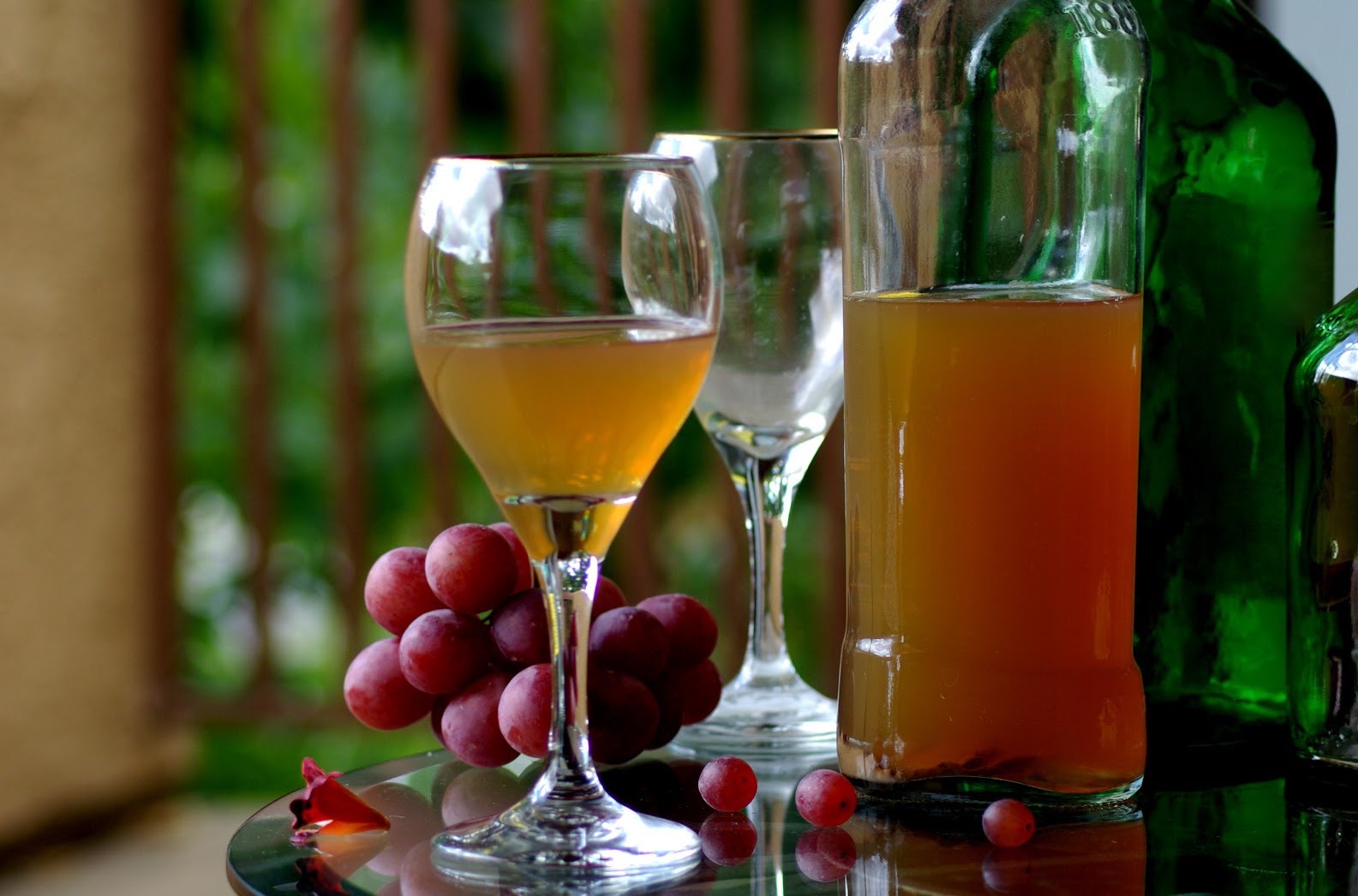
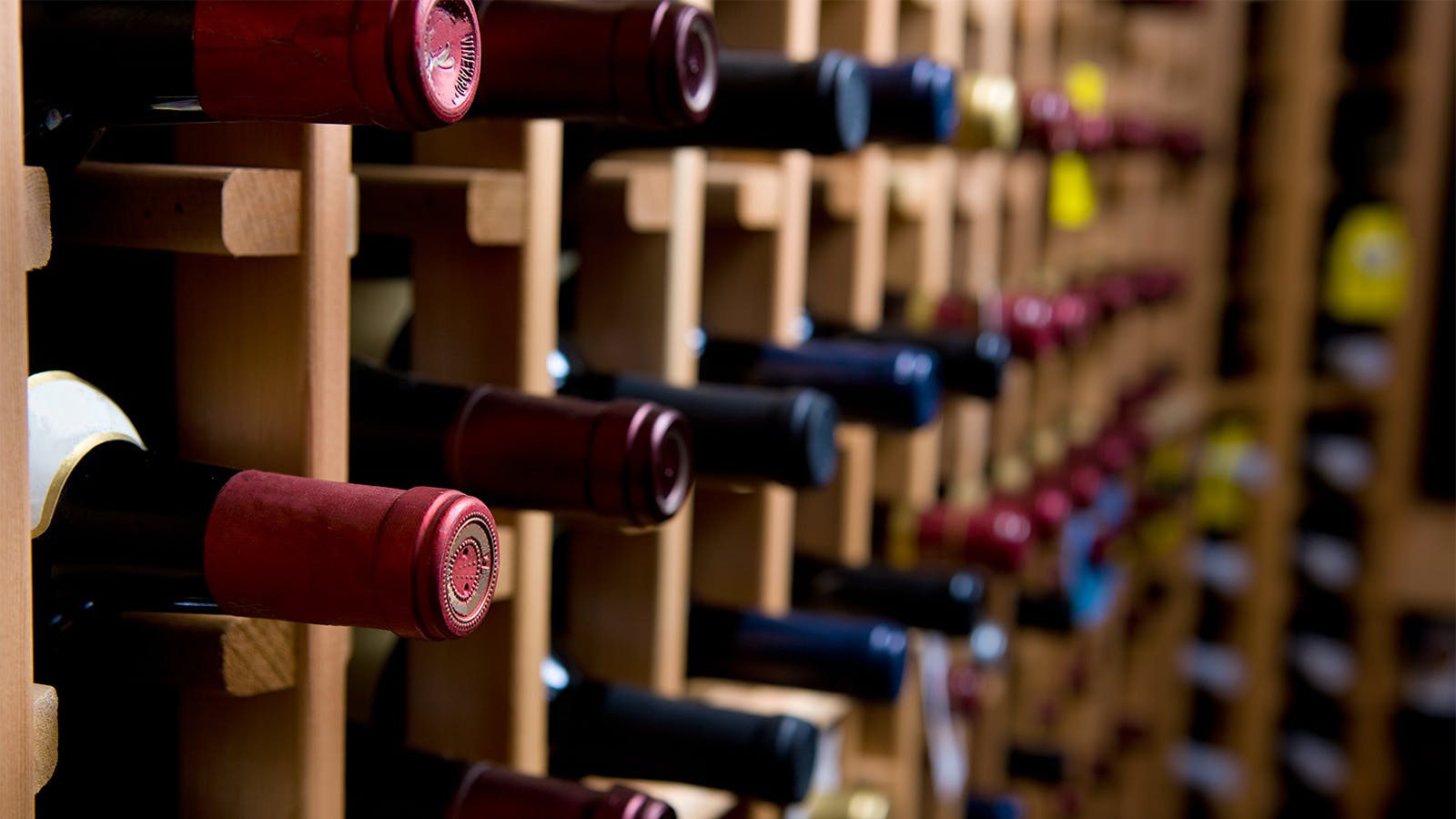
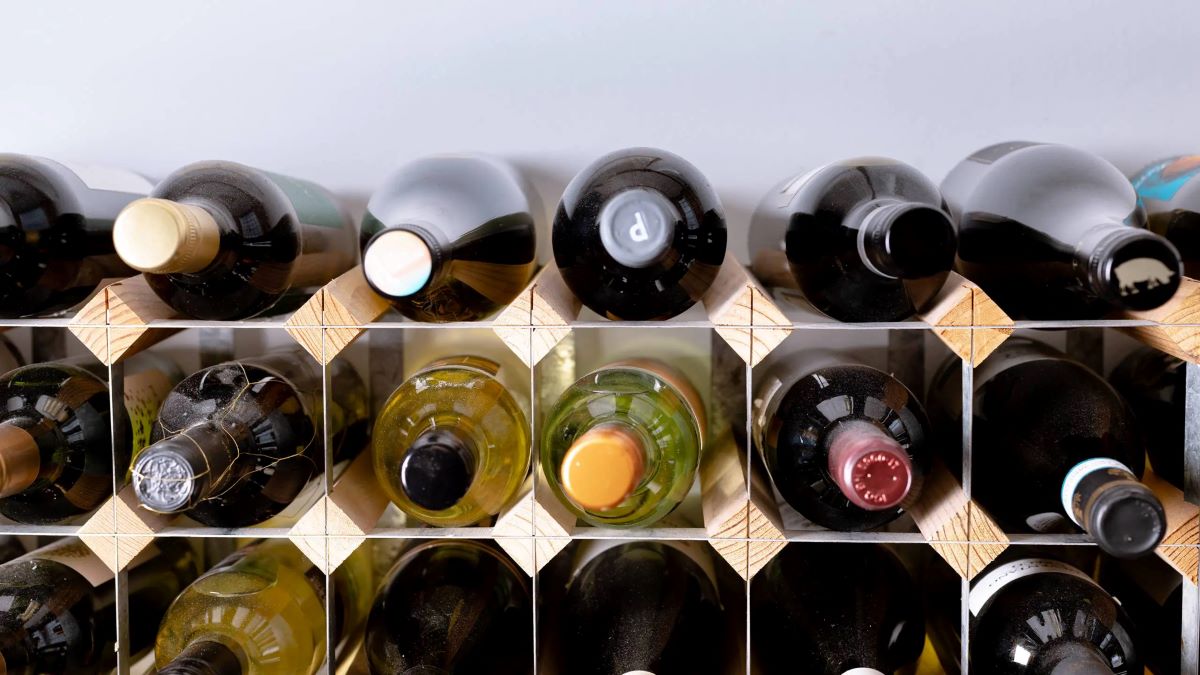
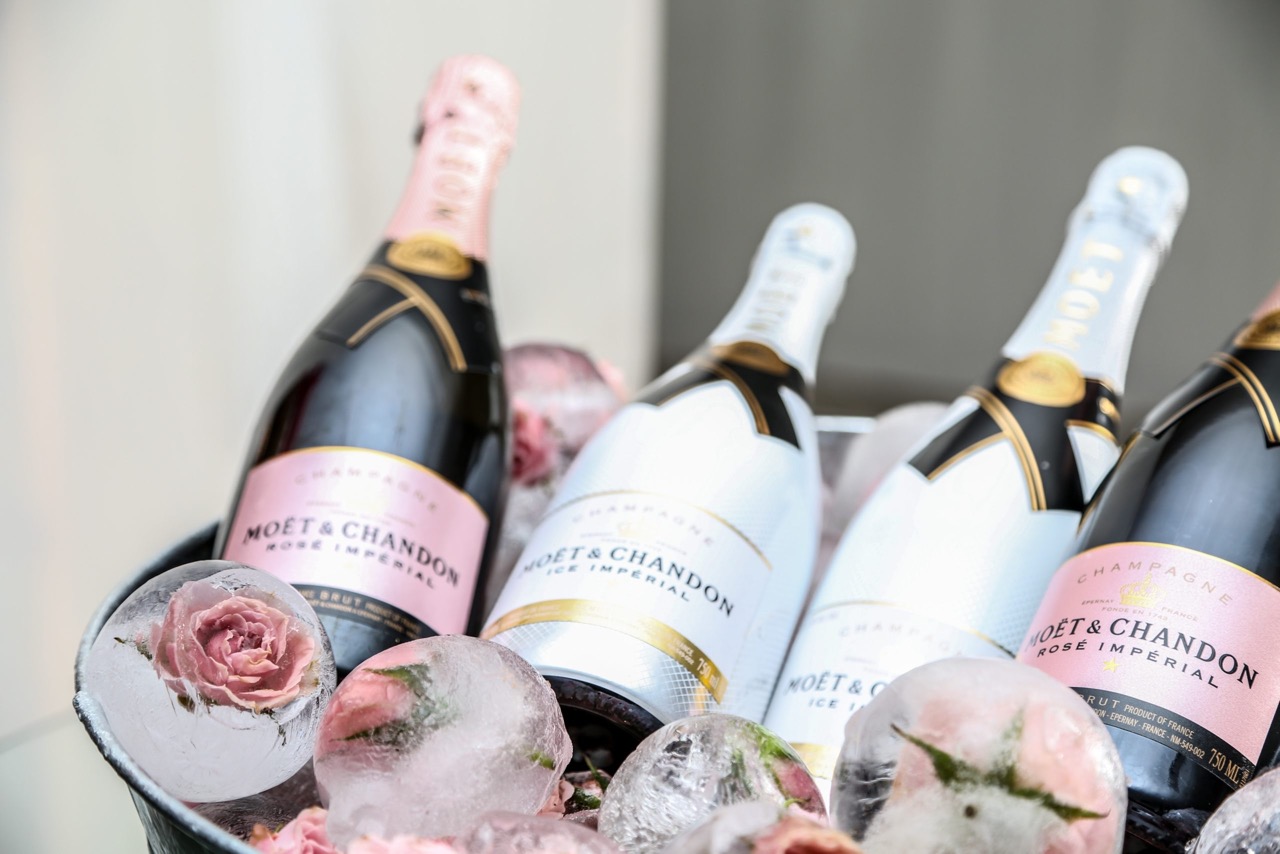
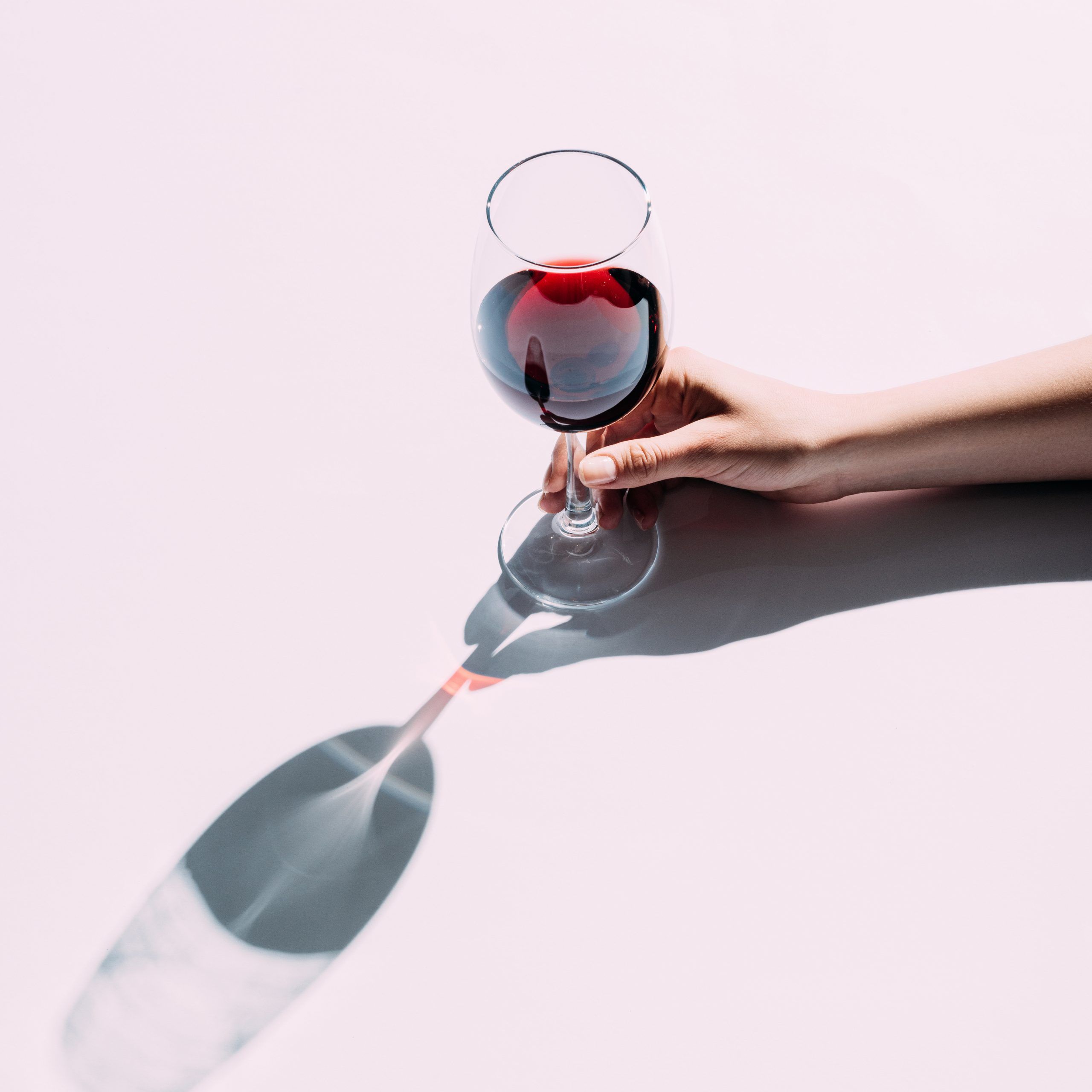
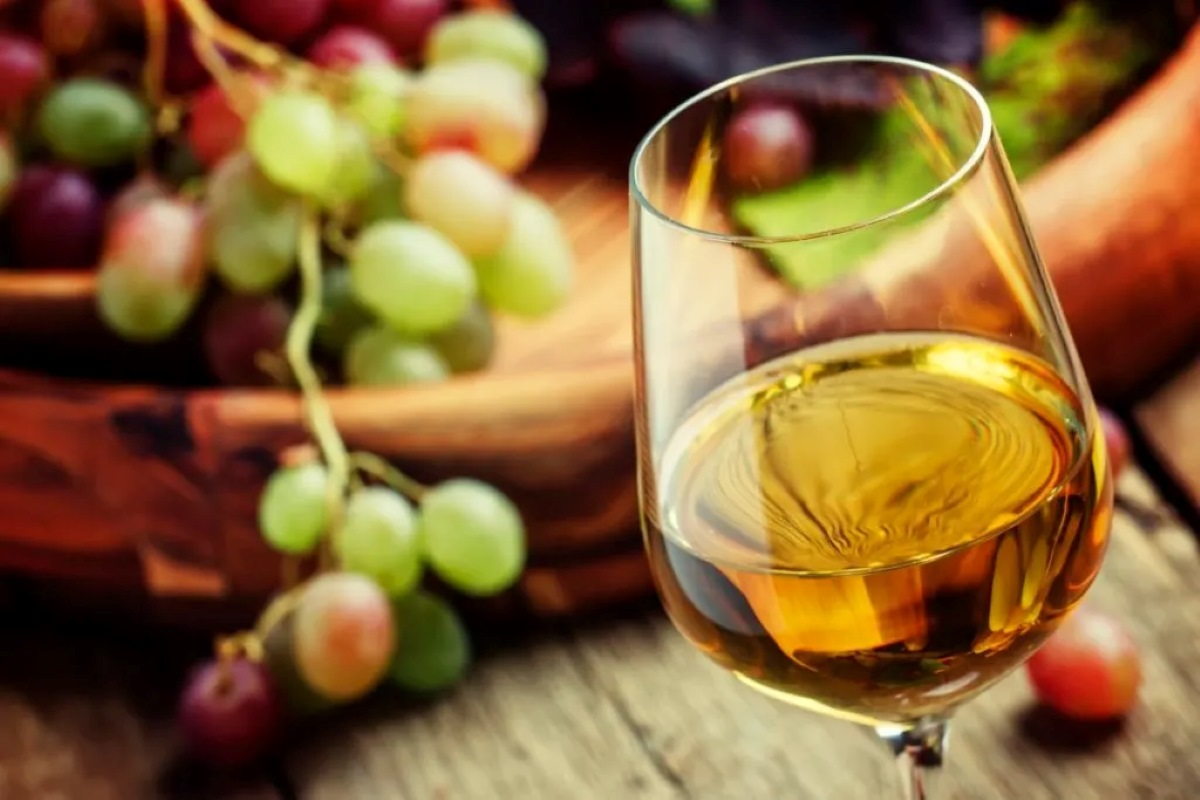
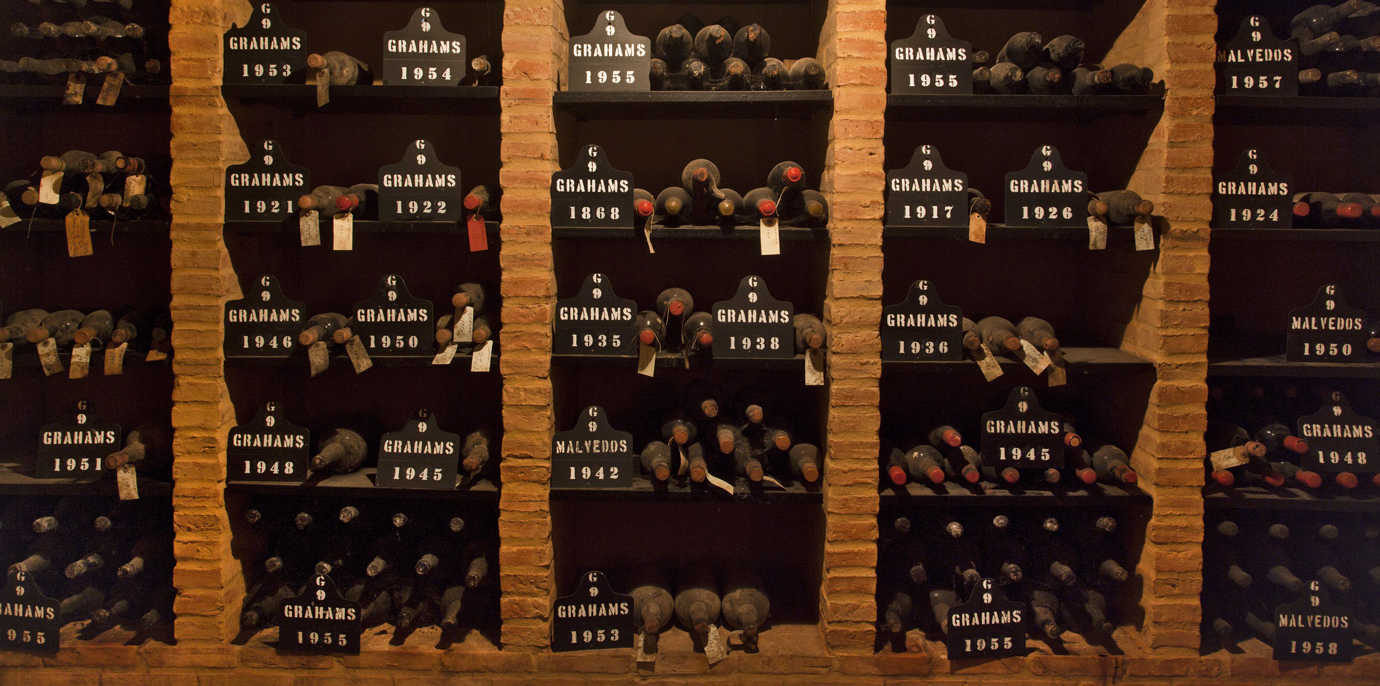
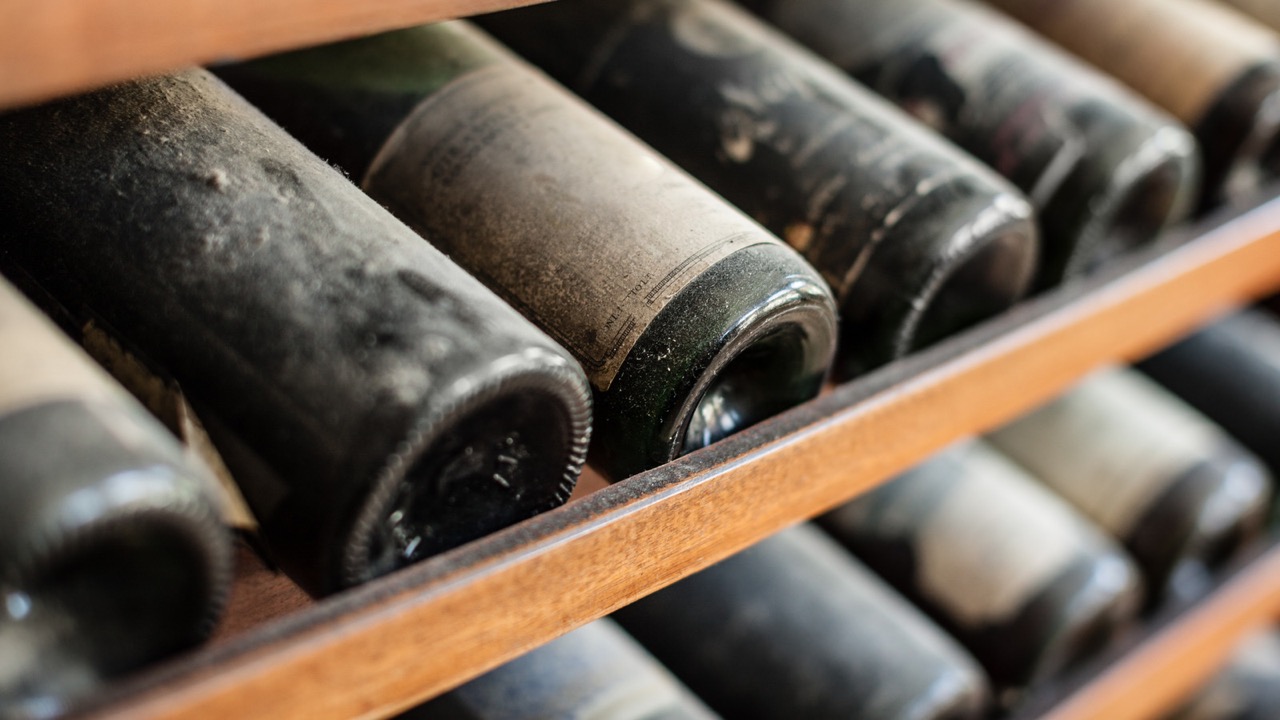
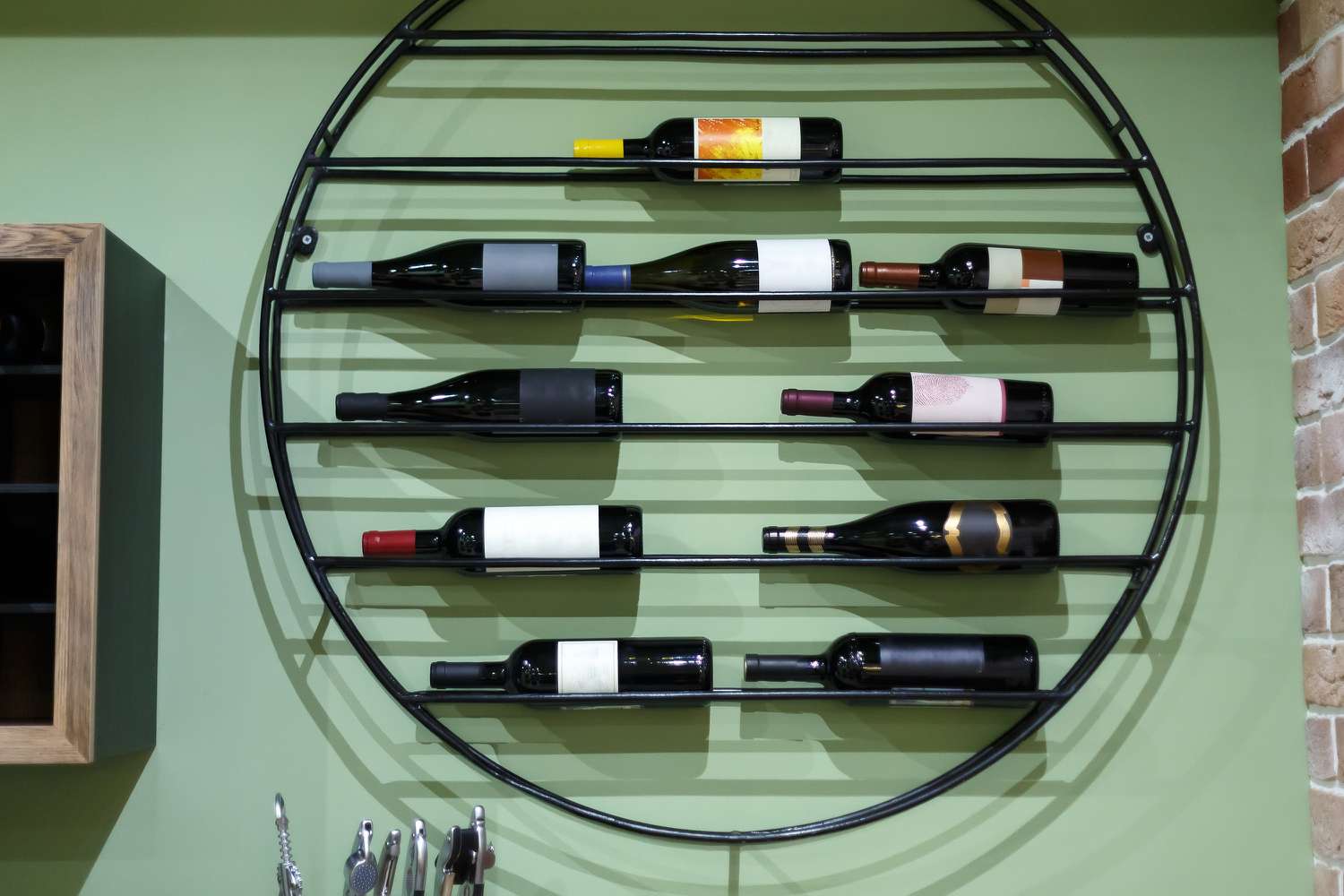
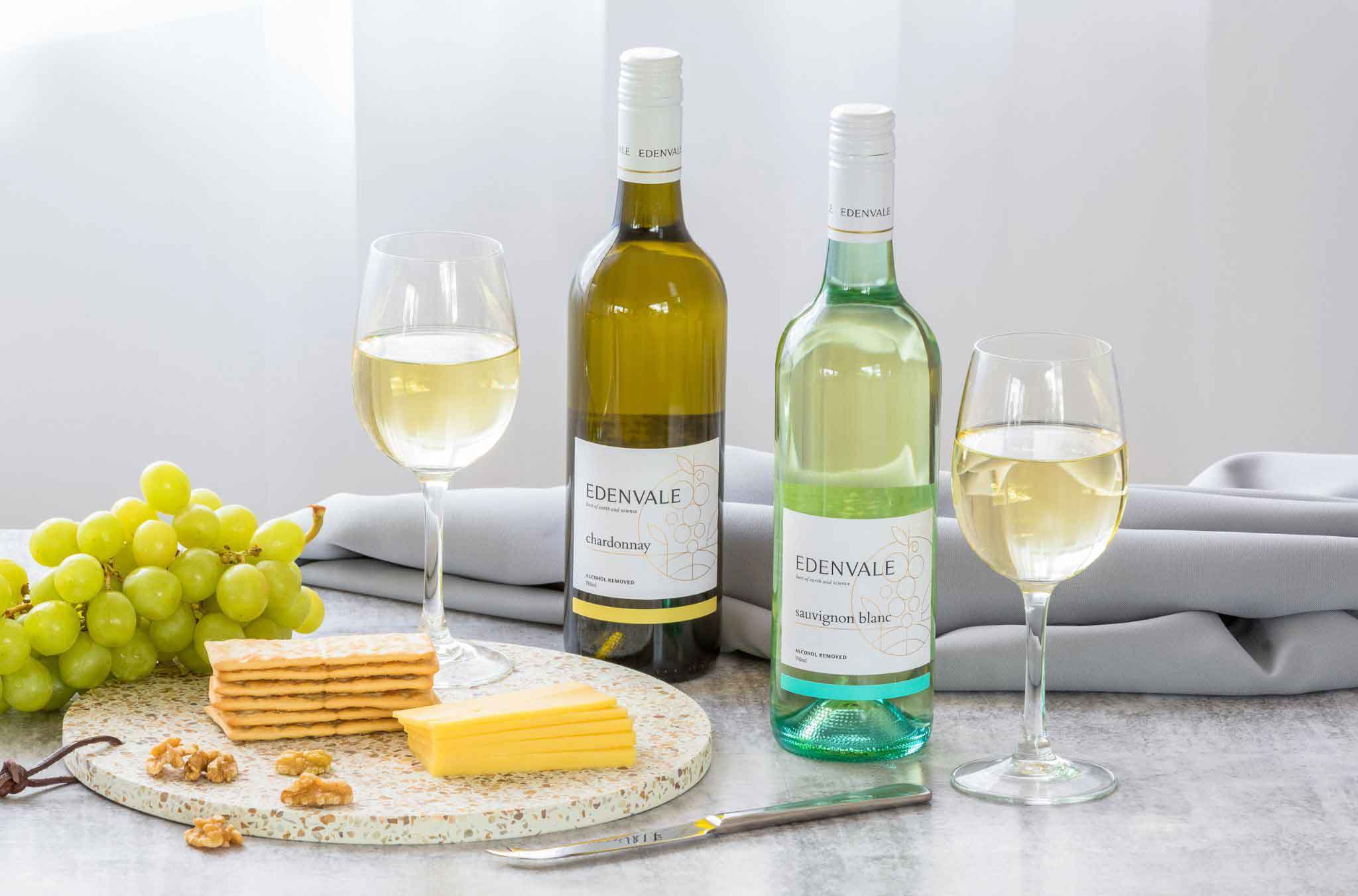
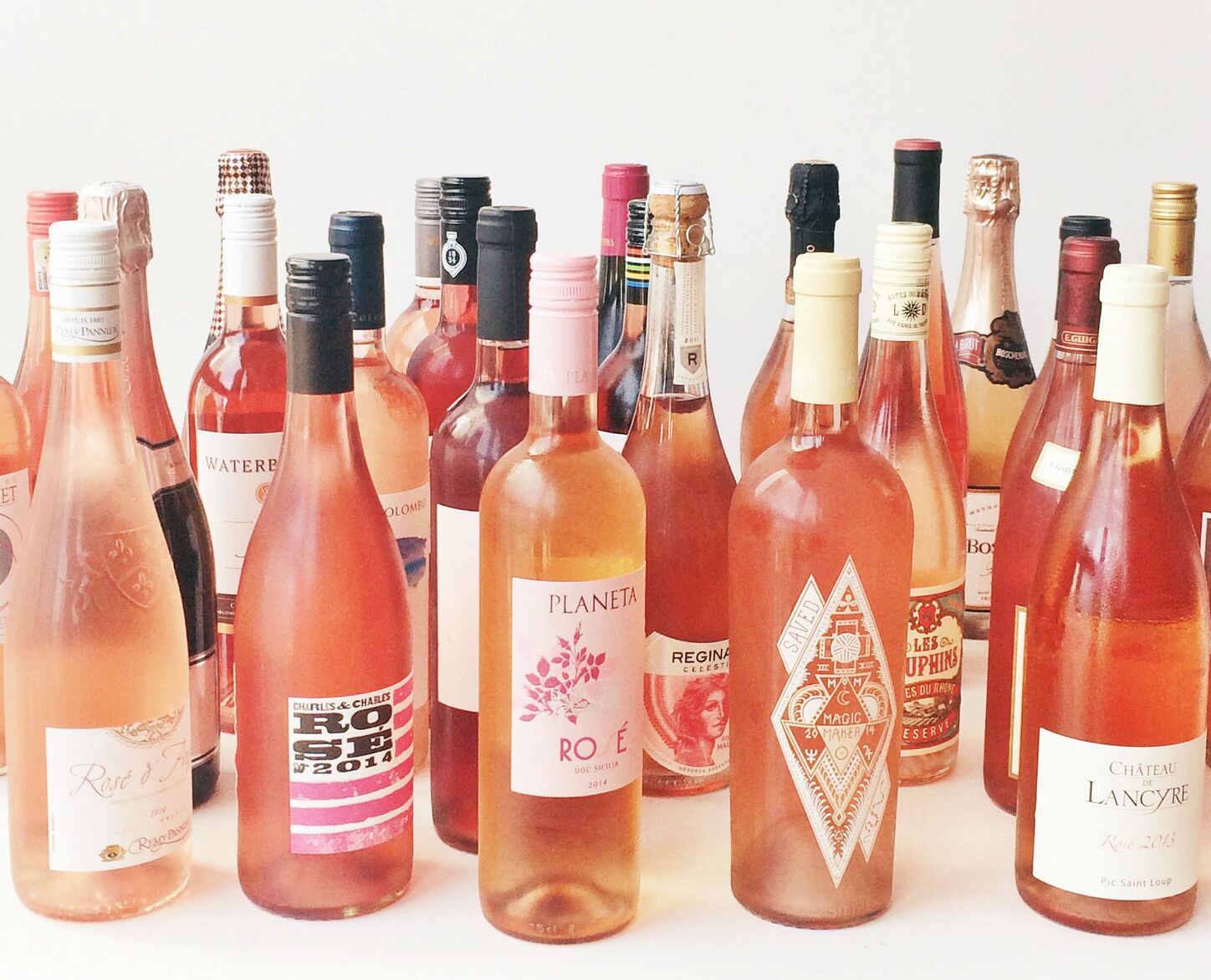
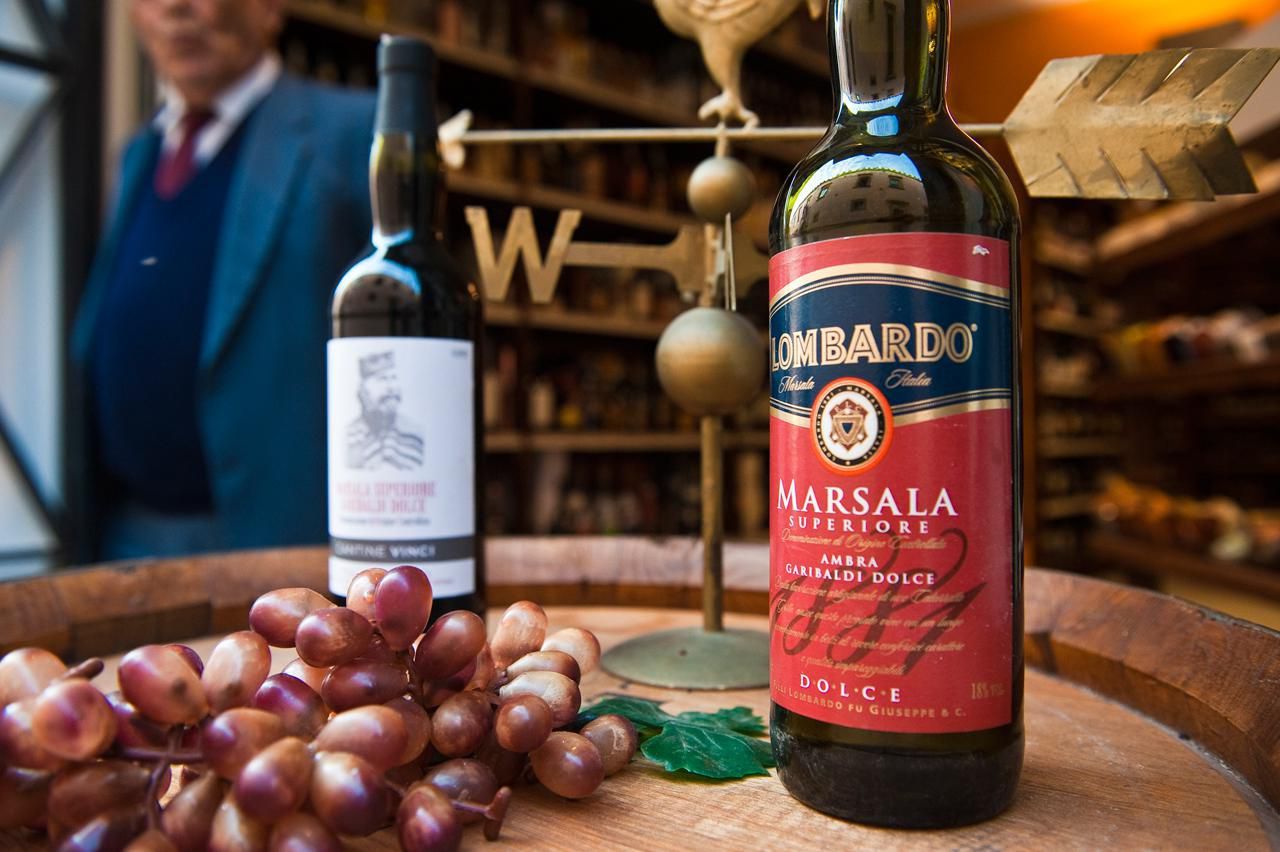
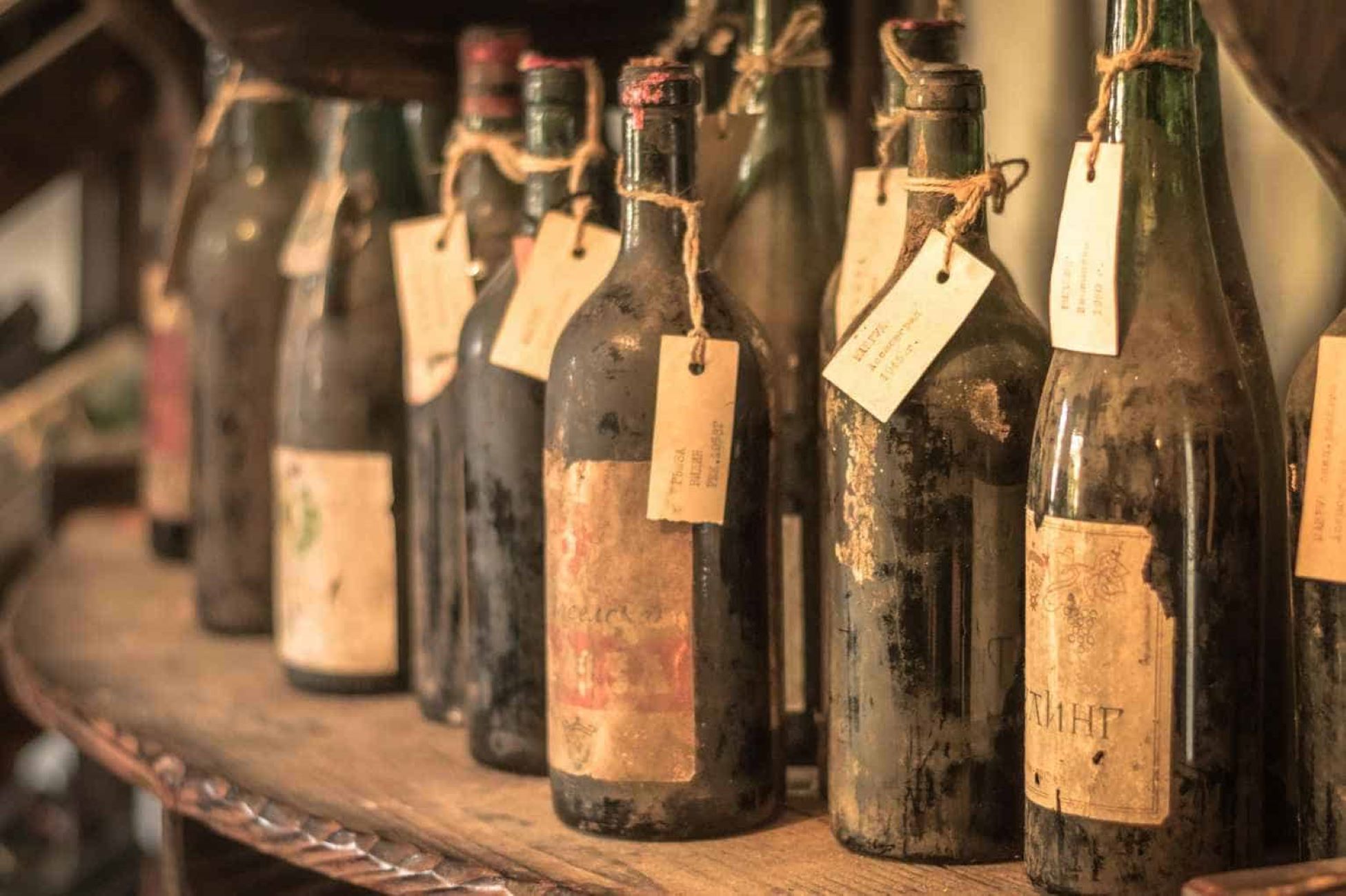

0 thoughts on “How To Store Wine”